Pemetaan Perkembangan Experience Economy: Analisis Bibliometrik
DOI:
https://doi.org/10.58812/jekws.v3i02.2146Kata Kunci:
Experience Economy, Bibliometrik, VOSviewer, Customer ExperienceAbstrak
Penelitian ini bertujuan untuk memetakan perkembangan studi tentang experience economy melalui pendekatan bibliometrik menggunakan VOSviewer. Data dikumpulkan dari basis data Scopus dan dianalisis untuk mengidentifikasi struktur intelektual, evolusi tema, kolaborasi antar penulis, dan jaringan antarnegara. Hasil analisis menunjukkan bahwa experience economy berkembang secara multidisipliner, dengan tema utama meliputi inovasi pengalaman pelanggan, desain layanan berbasis teknologi, keberlanjutan, dan autentisitas, terutama dalam sektor pariwisata dan layanan. Temuan ini juga mengungkapkan bahwa Amerika Serikat, China, dan negara-negara Eropa Barat mendominasi penelitian dan kolaborasi global di bidang ini. Selain itu, terdapat tren pergeseran fokus dari konsep pengalaman tradisional menuju adopsi teknologi imersif seperti augmented reality dan virtual reality. Studi ini memberikan gambaran komprehensif tentang dinamika penelitian experience economy dan menawarkan arahan strategis bagi pengembangan riset di masa depan yang lebih integratif, inovatif, dan berkelanjutan.
Referensi
Andersson, T. D. (2007). The tourist in the experience economy. Scandinavian Journal of Hospitality and Tourism, 7(1), 46–58.
B Joseph Pine, I. I., & Gilmore, J. H. (1998). Welcome to the experience economy. Harvard Business Review, 76(4), 97–106.
Boswijk, A., Thijssen, T., & Peelen, E. (2006). A new perspective on the experience economy. Bilthovenm The Netherlands: The European Centre for the Experience Economy.
Boswijk, A., Thijssen, T., & Peelen, E. (2007). The experience economy: A new perspective. Pearson Education.
Donthu, N., Kumar, S., Mukherjee, D., Pandey, N., & Lim, W. M. (2021). How to conduct a bibliometric analysis: An overview and guidelines. Journal of Business Research, 133, 285–296.
Joseph, P., & Gilmore, J. H. (1999). The experience economy. Boston: Harvard Business School, 7.
Joseph Pine II, B., & H. Gilmore, J. (2014). A leader’s guide to innovation in the experience economy. Strategy & Leadership, 42(1), 24–29.
Klingmann, A. (2010). Brandscapes: Architecture in the experience economy. Mit Press.
Lorentzen, A. (2013). Cities in the experience economy. In The city in the experience economy (pp. 13–29). Routledge.
Oh, H., Fiore, A. M., & Jeoung, M. (2007). Measuring experience economy concepts: Tourism applications. Journal of Travel Research, 46(2), 119–132.
Pine, B. J., & Gilmore, J. H. (2013). The experience economy: past, present and future. In Handbook on the experience economy (pp. 21–44). Edward Elgar Publishing.
Poulsson, S. H. G., & Kale, S. H. (2004). The experience economy and commercial experiences. The Marketing Review, 4(3), 267–277.
Quadri-Felitti, D., & Fiore, A. M. (2012). Experience economy constructs as a framework for understanding wine tourism. Journal of Vacation Marketing, 18(1), 3–15.
Radder, L., & Han, X. (2015). An examination of the museum experience based on Pine and Gilmore’s experience economy realms. Journal of Applied Business Research, 31(2), 455.
Sundbo, J., & Darmer, P. (2008). Creating experiences in the experience economy. Edward Elgar Publishing.
Sundbo, J., & SËrensen, F. (2013). Handbook on the experience economy. Edward Elgar Publishing.
Sundbo, J., & Sørensen, F. (2013). Introduction to the experience economy. In Handbook on the experience economy (pp. 1–18). Edward Elgar Publishing.
Unduhan
Dimensions
Diterbitkan
Terbitan
Bagian
Lisensi
Hak Cipta (c) 2025 Loso Judijanto

Artikel ini berlisensiCreative Commons Attribution-ShareAlike 4.0 International License.

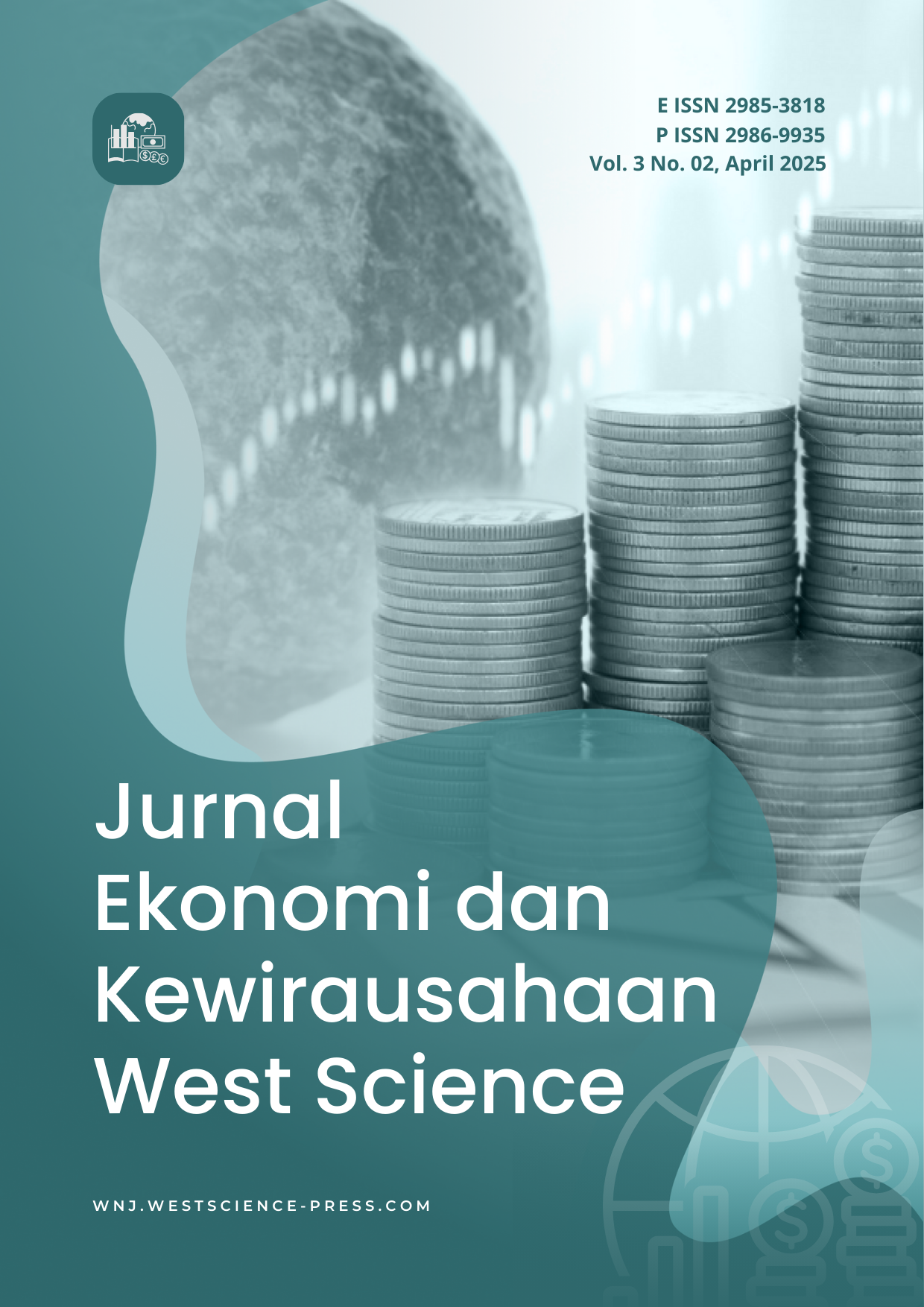





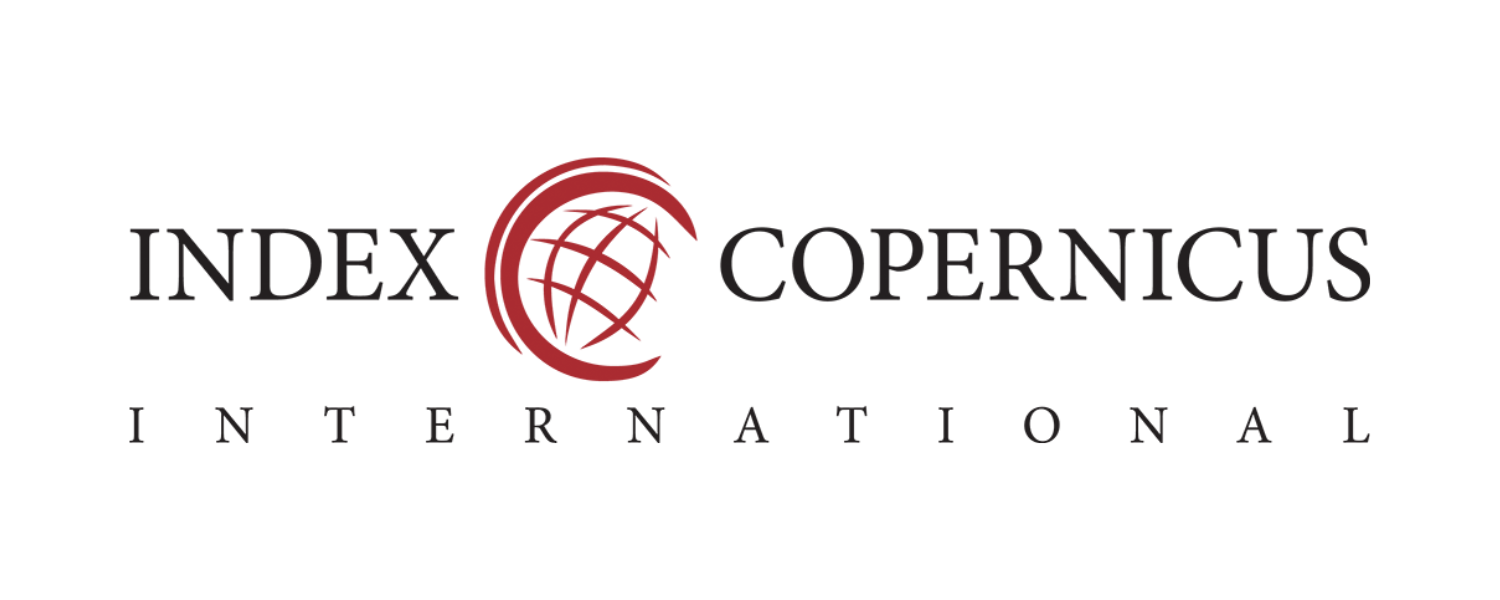


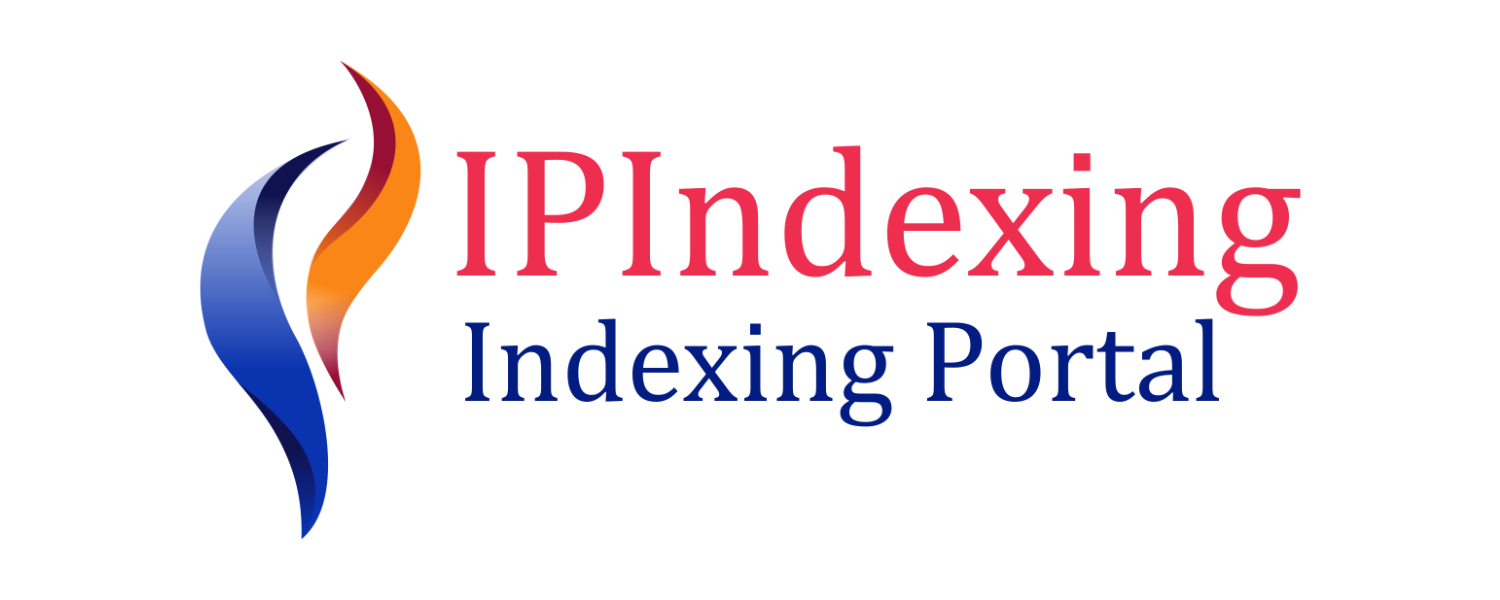



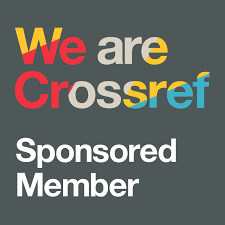



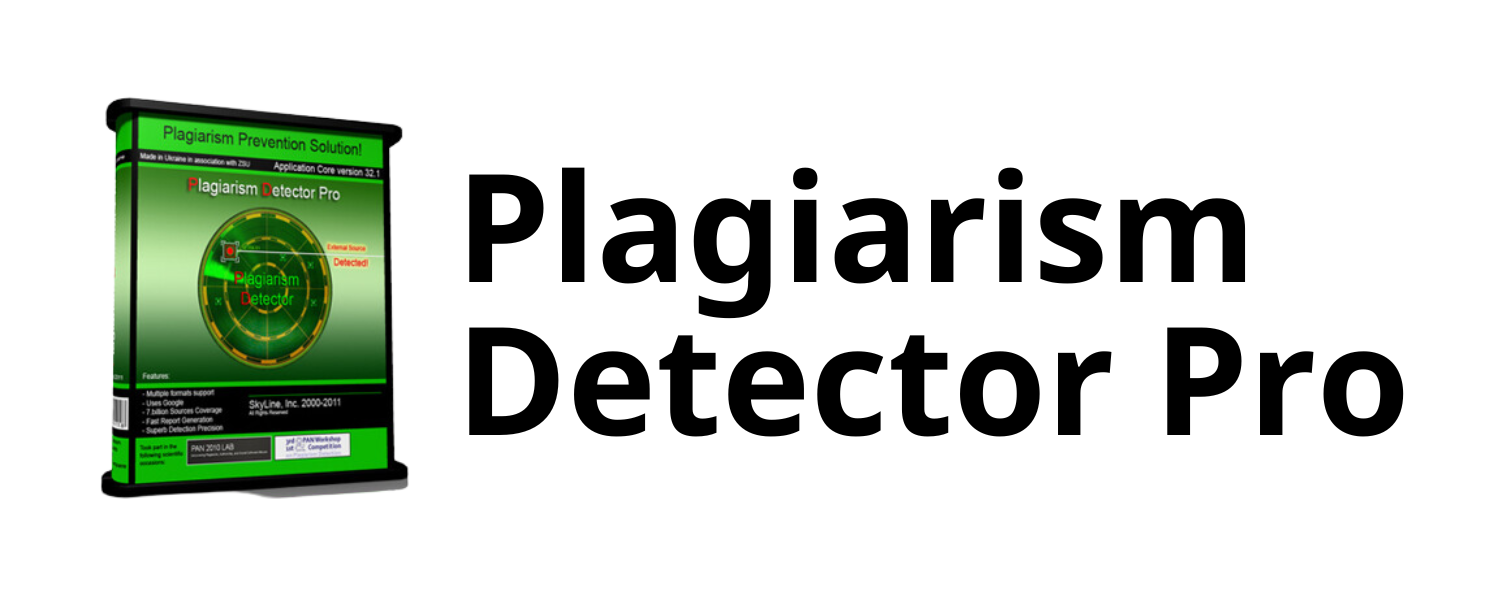



 Instagram
Instagram 